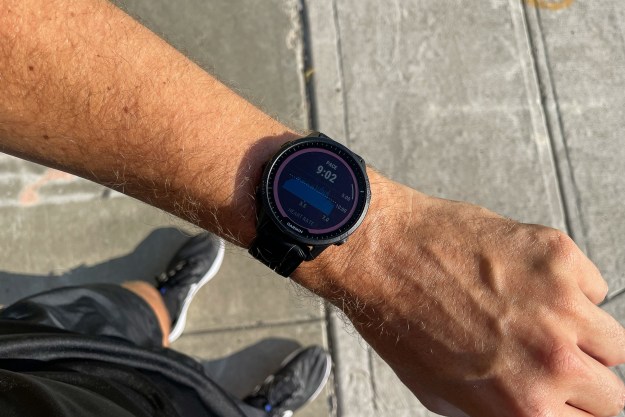As the NFL tries (and constantly fails) to navigate around the growing problem of player concussions, an Ivy League school in New Hampshire has come up with a way to actively combat this risk of injury instead of, you know, just looking the other way. Developed by Dartmouth’s Thayer School of Engineering, the university’s football team now takes to its practice field each week with a band of mobile robotic dummies dubbed the MVPs, or “Mobile Virtual Player.” The point of these dummies? Provide the players with something they can tackle — over and over again, no less — without running the risk of injuring one another. Score one for the Ivy Leaguers!
To Dartmouth’s credit, the football team hasn’t practiced using player-on-player tackling drills for five seasons. Head football coach Buddy Teevens implemented the new rule a few years ago in an effort to decrease the number of concussive injuries his team endured during practice alone. Though the team resorted to using stationary dummies, bags, and sleds in the seasons since then, the introduction of the MVPs gives the team a revolutionary way to practice with moving targets while still avoiding hitting each other.

“It was not received well to be honest with you,” Teevens tells NPR of his no-tackling rule, “[tackling] is sort of fundamental, but I was committed to it.”
Although Teevens’ rare approach led to a decrease in the team’s missed tackles in games, the coach still grew frustrated with the fact his players had no good way to simulate a moving opponent. Because of this, Dartmouth students Elliot Kastner and Quinn Connell decided to devote their senior capstone projects to developing the MVP. With the backing help of Dartmouth’s athletic department, Kastner and Connell were able to successfully manufacture the two robotic dummies which were revealed last week.
“I was fortunate enough to never have a concussion,” says Kastner, a former five-year Dartmouth defensive lineman, “but players on my team missed weeks after sustaining a blow to the head. And those injuries can affect you for the rest of your life.”
During practices, Dartmouth coaches control the MVPs remotely, which allows them to accurately simulate nearly every possible position on a football field (save for the quarterback). Teevens adds that although the robots can’t throw a football, his staff still has the ability to let defensive players practice pursuing a scrambling quarterback or to track it down in the backfield. Since quarterbacks never get tackled in practice at literally any level, this provides Dartmouth with an unprecedented opportunity to prepare for an opponent.
Considering its incredible value to the well-being of football players the world over, as well as the fact these dummies cost just $3,500 to make, it’s no surprise researchers are currently devising a way to market these bots to high schools, colleges, youth football programs, and the professional ranks. As a business plan begins to take shape, Kastner and Connell also remain committed to making the robots easier to control and to program them to make more realistic movements on the field.
We think it’s safe to say this is one of the few jobs where people might actually welcome a robot taking their place.
Editors' Recommendations
- Smart dummies: How robotic tackling tech is transforming football practice
- 9 military robots that are totally terrifying … and oddly adorable


